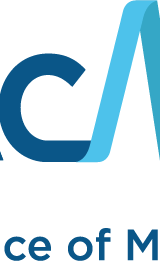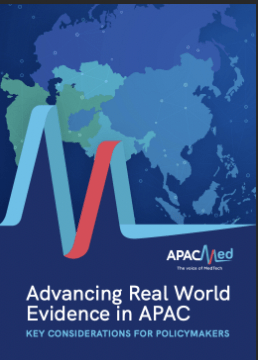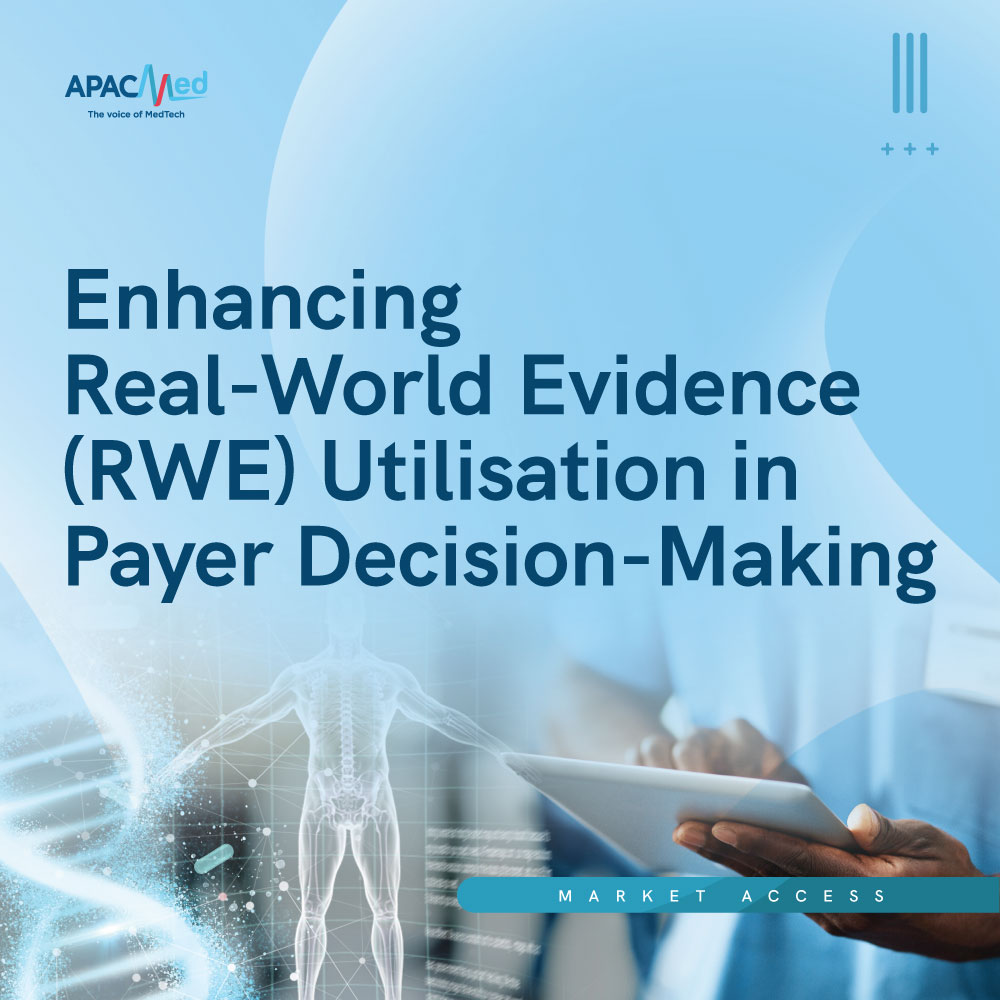Within the Asia Pacific, the utilization of Real World Evidence (RWE) is an emerging yet crucial matter for the medical device industry, regulators and policy makers. APACMed is pleased to announce a new paper entitled: “Advancing Real World Evidence in APAC – Key Considerations for Policymakers” to explore the state of policy innovation regarding the use of RWE for regulatory and reimbursement decision-making.
Based on a collective effort from public and private stakeholders, the paper examines the importance of RWE for the region, identifies challenges and global best practices, and outlines key considerations as policy makers look to advance RWE for evidence-driven healthcare outcomes.
On the 30th of March, APACMed hosted a webinar, where our partner, Clark Jennings (Crowell & Moring International) presented highlights of the policy paper, followed by a panel discussion moderated by Anh Bourcet (Abbott Diagnostics). Our two guest speakers, Tracey Duffy (Therapeutic Goods Administration) and Heather Colvin (Johnson & Johnson), gave their views about the current and future state of RWE. The key discussion points are summarised below.
RWE and RWD are distinct and their definitions should remain broad
– The difference between Real World Evidence and Real World Data is important and the clarification of when to use which piece of information is critical for regulators
– New types of data sources are emerging frequently. US FDA defined real data as data that is related to the patient health status and delivery of routine health care from a variety of sources. This allows flexibility to consider future data sources
– Such definitions and interpretations need to be communicated well to companies. TGA published a set of guidelines to help clarify the difference between evidence and data and to provide a better understanding of data sources and data quality
Appropriate study design and a protocol development is rigorous but necessary
– Transparent protocol designs lead to establishing trustworthiness of evidence and ensure that products are used in safe and appropriate manner
– New sources of innovation and knowledge can be better captured in the hands of clinicians and patients’ healthcare journey
Partnerships among industry, regulators and academia are key to advancing the adoption of RWE and policy-making process
– Regulators, researchers and industry need to come together and agree on how to create a reasonable and responsible set of criteria for creating a fit for purpose assessment to the study question
– J&J have collaborated with National Medical Products Administration (NMPA) and the province of Hainan, China, to run a pilot study to generate supplemental RWE. The project resolved the impracticality of producing local clinical evidence from an economic standpoint. As a result, the company was able to build on two pivotal trials and enhance the overall evidentiary package
– Digital health is here to stay and more effective partnerships are needed within the ecosystem. The technology and tools to build data maturity models can expedite study designs compared to the process with traditional medical devices
– Policy changes often start with position papers and they are good starting points. As more contributors build on the discussion points and evolves with more value being created, regulators and policymakers will reciprocate
A great business idea with poor protocols and practice for data collection leads to bad business outcomes
– There will always be devices that require traditional clinical trials depending on the different levels of safety and risks to patients. For manufacturers developing digital health products, proper planning in terms of their pathway to regulatory approval and data collection is key
Fragmentation of RWE regulatory frameworks in APAC
– Harmonisation efforts can be achieved through collaborative platforms such as IMDRF
– Guidance on Software-based medical devices have been developed and currently members in IMDRF are working on IVD clinical guidance. Consideration for RWE could be on the agenda for IMDRF
– A few countries in Europe and others such as US, China, South Korea and Japan have already developed guidance on RWE utilisation. We are currently at a pivot point to drive harmonisation in more countries within APAC





